
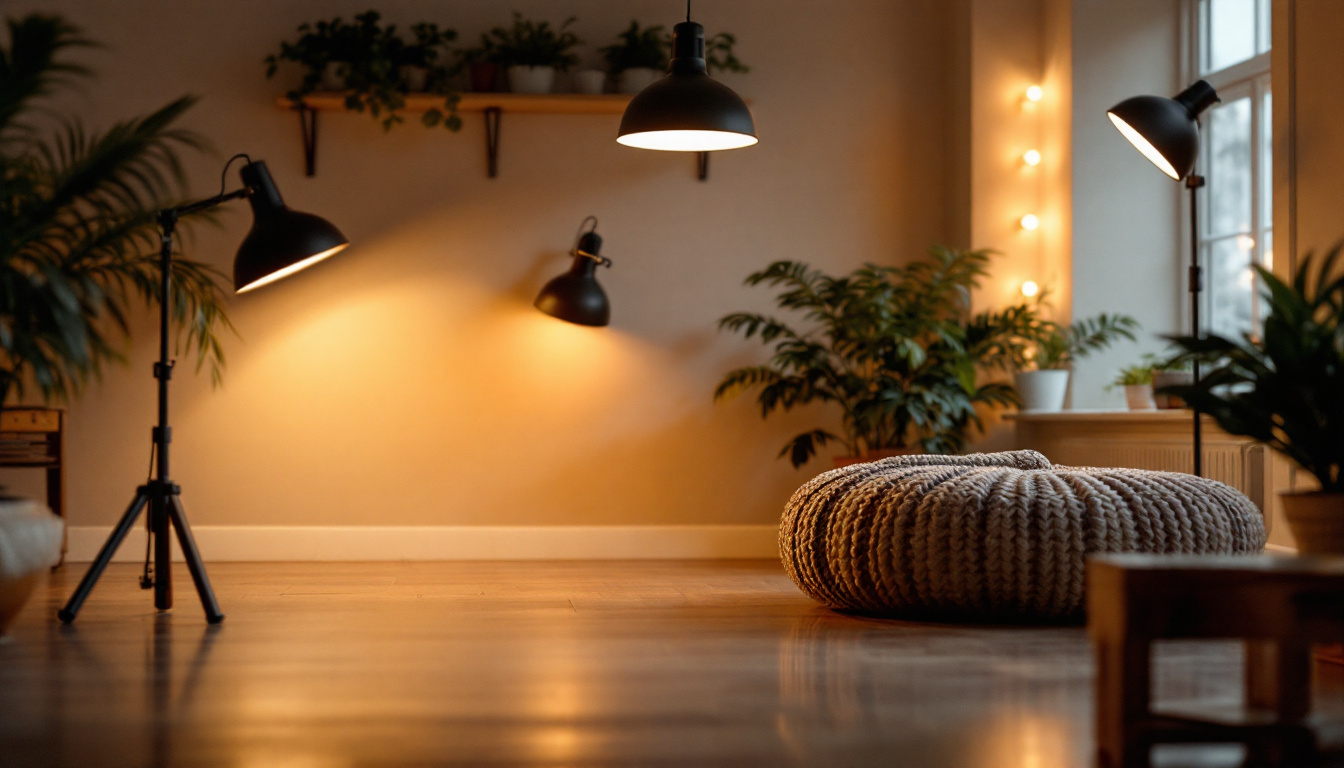
Can lights, also known as recessed lights or downlights, are essential components in modern lighting design. For lighting contractors, understanding the various types of can lights available is crucial for delivering quality installations that meet client expectations. This comprehensive guide will explore the different types of can lights, their applications, and considerations for installation.
Can lights are designed to be installed into a ceiling or wall, providing a clean and unobtrusive lighting solution. They are often used in both residential and commercial settings, allowing for versatile lighting arrangements. The term “can light” originates from the cylindrical metal housing that encases the light bulb, which is typically recessed into the ceiling.
These fixtures can serve multiple purposes, including task lighting, accent lighting, and ambient lighting. Their design allows for various bulb types and wattages, making them adaptable to different lighting needs and styles.
Understanding the components of can lights is essential for effective installation and maintenance. The primary parts include the housing, trim, and bulb. The housing is the metal can that holds the bulb and is installed in the ceiling. It can be designed for new construction or remodel applications, with different mounting options available.
The trim is the visible part of the fixture that can be customized in various styles and finishes. Trims can be baffle, reflector, or adjustable, affecting the light distribution and aesthetic appeal. Finally, the bulb type—whether incandescent, LED, or fluorescent—plays a significant role in energy efficiency and light quality.
Can lights come in several varieties, each suited for specific applications and design preferences. Below are the most common types of can lights that lighting contractors should be familiar with.
Standard can lights are the most commonly used type, designed for general lighting purposes. They are versatile and can be used in various settings, including living rooms, kitchens, and hallways. These fixtures typically accommodate a range of bulb types, including incandescent and LED, allowing for flexibility in brightness and energy consumption.
When installing standard can lights, it is essential to consider the spacing and layout to achieve even illumination throughout the space. Proper placement can enhance the overall ambiance and functionality of the area.
Adjustable can lights, also known as gimbal lights, offer the ability to direct light where it is needed most. These fixtures feature a pivoting mechanism that allows the bulb to be angled, making them ideal for highlighting artwork, architectural features, or specific areas within a room.
These lights are particularly useful in spaces with high ceilings or where focused lighting is required. When installing adjustable can lights, careful consideration of the angle and direction of the light beam is crucial to avoid glare and ensure optimal illumination.
Shower can lights are specially designed for use in wet or damp locations, such as bathrooms or shower areas. These fixtures are typically constructed with moisture-resistant materials and have a sealed design to prevent water ingress.
When selecting shower can lights, it is vital to ensure they are rated for wet locations. Proper installation is also crucial, as these fixtures must be securely mounted to withstand the humid environment. Choosing the right bulb type, such as LED, can enhance energy efficiency while providing adequate illumination for grooming tasks.
In addition to standard types, there are specialty can lights designed for specific applications. Understanding these options can help lighting contractors provide tailored solutions for their clients.
Wall wash can lights are designed to illuminate walls evenly, creating a soft wash of light that enhances the texture and color of the surface. These fixtures are ideal for galleries, retail spaces, or any area where wall art or architectural features need to be highlighted.
When installing wall wash can lights, the distance from the wall and the angle of the light beam are critical factors. Proper positioning can minimize shadows and ensure an even distribution of light across the wall surface.
New construction can lights are designed for installation in new builds or major renovations. These fixtures are typically mounted between ceiling joists and are equipped with a bracket for secure attachment. They allow for a clean finish, as the housing is concealed within the ceiling.
When planning for new construction can lights, it is essential to account for ceiling height, insulation, and potential obstructions. Proper planning ensures that the lighting layout complements the overall design of the space.
IC rated can lights are specifically designed for use in insulated ceilings. These fixtures can be installed in direct contact with insulation without posing a fire hazard. This feature makes them ideal for energy-efficient homes where insulation is a priority.
When selecting IC rated can lights, it is important to verify the installation requirements and ensure that the fixtures are appropriately rated for the insulation type used in the ceiling. This consideration helps maintain safety and efficiency in the lighting design.
As energy efficiency becomes increasingly important, understanding the technology behind can lights is essential for lighting contractors. The shift towards LED technology has revolutionized the can light market, offering numerous advantages over traditional incandescent and fluorescent bulbs.
LED can lights are known for their energy efficiency, longevity, and low heat output. These fixtures consume significantly less energy than incandescent bulbs, making them a cost-effective option for both residential and commercial applications. Additionally, LED bulbs have a longer lifespan, reducing the frequency of replacements and maintenance.
When installing LED can lights, it is essential to consider the color temperature and brightness levels to match the desired ambiance. Options range from warm white to cool daylight, allowing for customization based on client preferences.
Dimmable can lights provide flexibility in lighting control, allowing users to adjust brightness levels according to their needs. This feature is particularly beneficial in spaces where mood and ambiance play a significant role, such as dining areas or home theaters.
When selecting dimmable can lights, it is crucial to ensure compatibility with the dimmer switches being used. Not all LED bulbs are dimmable, so verifying specifications is essential to avoid flickering or inadequate performance.
Proper installation of can lights is vital to ensure safety, functionality, and aesthetic appeal. Lighting contractors must consider several factors during the installation process to achieve optimal results.
The layout and spacing of can lights significantly impact the overall lighting quality in a space. A general rule of thumb is to space can lights approximately 4 to 6 feet apart, depending on the ceiling height and desired brightness. This spacing helps to avoid dark spots and ensures even illumination.
Additionally, the placement of can lights should take into account the room’s purpose. For example, task-oriented spaces like kitchens may require more focused lighting, while living areas may benefit from a softer, ambient glow.
Wiring and electrical considerations are critical when installing can lights. Ensuring that the electrical circuit can handle the load of the fixtures is essential to prevent tripped breakers or electrical hazards. It is advisable to consult local electrical codes and regulations to ensure compliance.
Using proper wiring techniques and materials is also crucial for safety and performance. Contractors should ensure that all connections are secure and that the fixtures are properly grounded to prevent electrical issues.
Regular maintenance and troubleshooting are essential for ensuring the longevity and performance of can lights. Understanding common issues and solutions can help lighting contractors provide excellent service to their clients.
Common issues with can lights include flickering, dimming, or complete failure of the fixture. Flickering can often be attributed to incompatible dimmer switches or loose connections. It is essential to check the compatibility of the bulb and dimmer switch, as well as inspect all wiring connections.
Dim lighting may indicate a failing bulb or an issue with the electrical circuit. Replacing the bulb or checking the circuit for overloads can often resolve this issue. In cases of complete failure, a thorough inspection of the fixture and wiring may be necessary to identify the problem.
Regular cleaning and maintenance of can lights can enhance their performance and appearance. Dust and debris can accumulate on the fixtures, affecting light output and quality. Using a soft, dry cloth to wipe down the trim and housing can help maintain their appearance.
For LED fixtures, it is essential to ensure that the bulbs are functioning correctly and that the housing is free from obstructions. Regular inspections can help identify any potential issues before they become significant problems, ensuring that the lighting remains effective and aesthetically pleasing.
Understanding the various types of can lights and their applications is essential for lighting contractors looking to provide quality installations. From standard fixtures to specialty options, each type of can light serves a unique purpose and can enhance the overall design of a space.
By staying informed about the latest technologies, energy-efficient options, and installation best practices, lighting contractors can deliver exceptional results that meet client needs and expectations. With the right knowledge and skills, the possibilities for creating beautiful and functional lighting designs are virtually limitless.
Ready to elevate your lighting projects with the best can lights on the market? Look no further than LumenWholesale. We offer a vast array of top-quality, spec-grade lighting products that will meet all your installation needs. With unbeatable wholesale prices and no middleman, you get superior products at the best value. Our commitment to quality and affordability, combined with the convenience of free shipping on bulk orders, makes us the go-to source for lighting contractors. Enhance your lighting designs today by visiting Wholesale Lighting at the Best Value and discover the LumenWholesale difference.
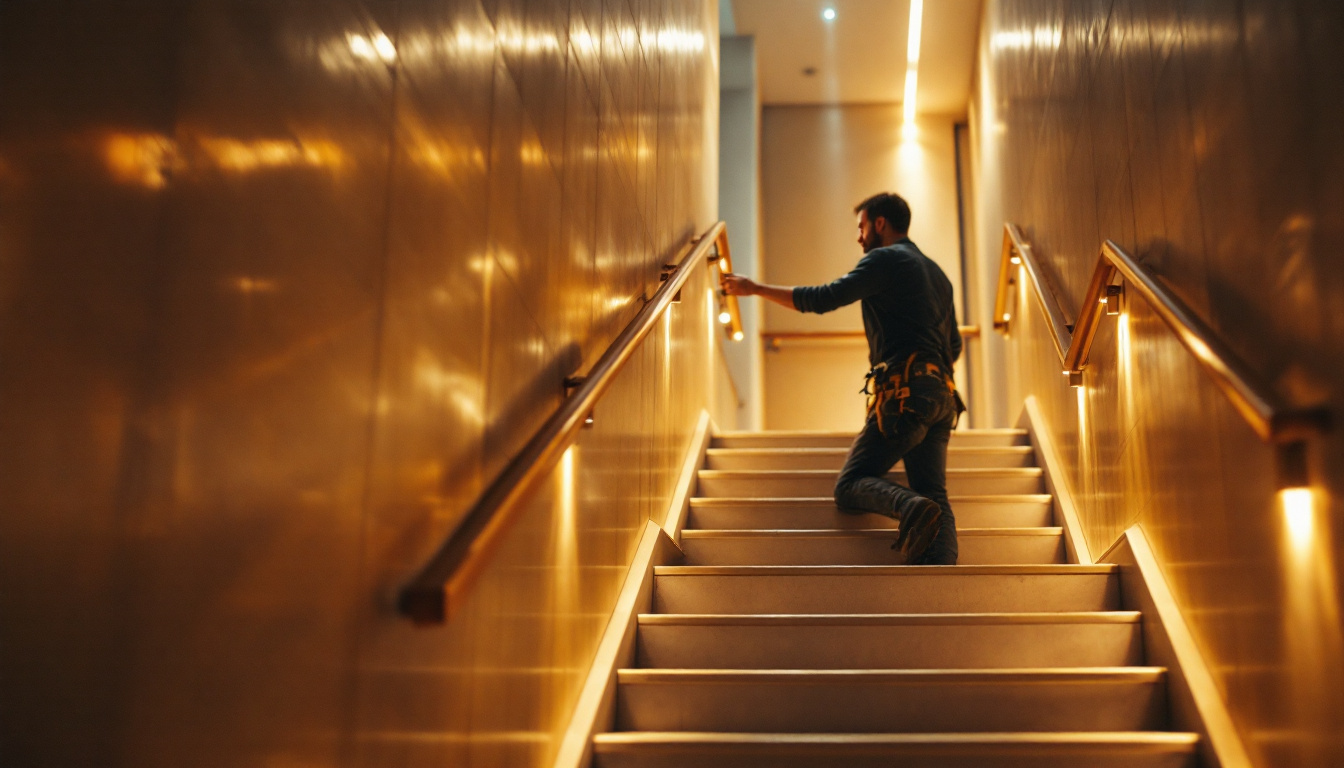
Discover how LED spotlights for stairs can revolutionize lighting projects for contractors by enhancing efficiency, reducing energy costs, and providing superior illumination.
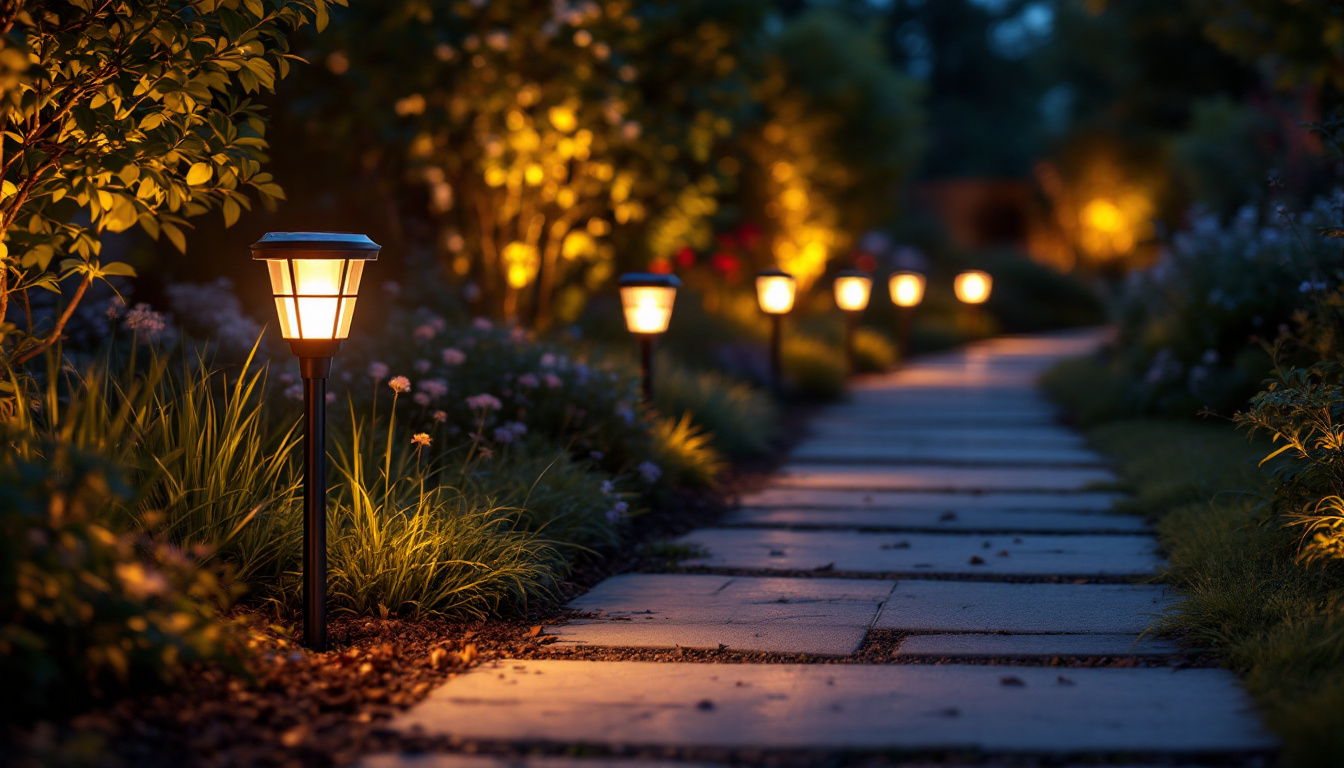
Discover how solar path lights are transforming outdoor spaces and giving lighting contractors a competitive edge.
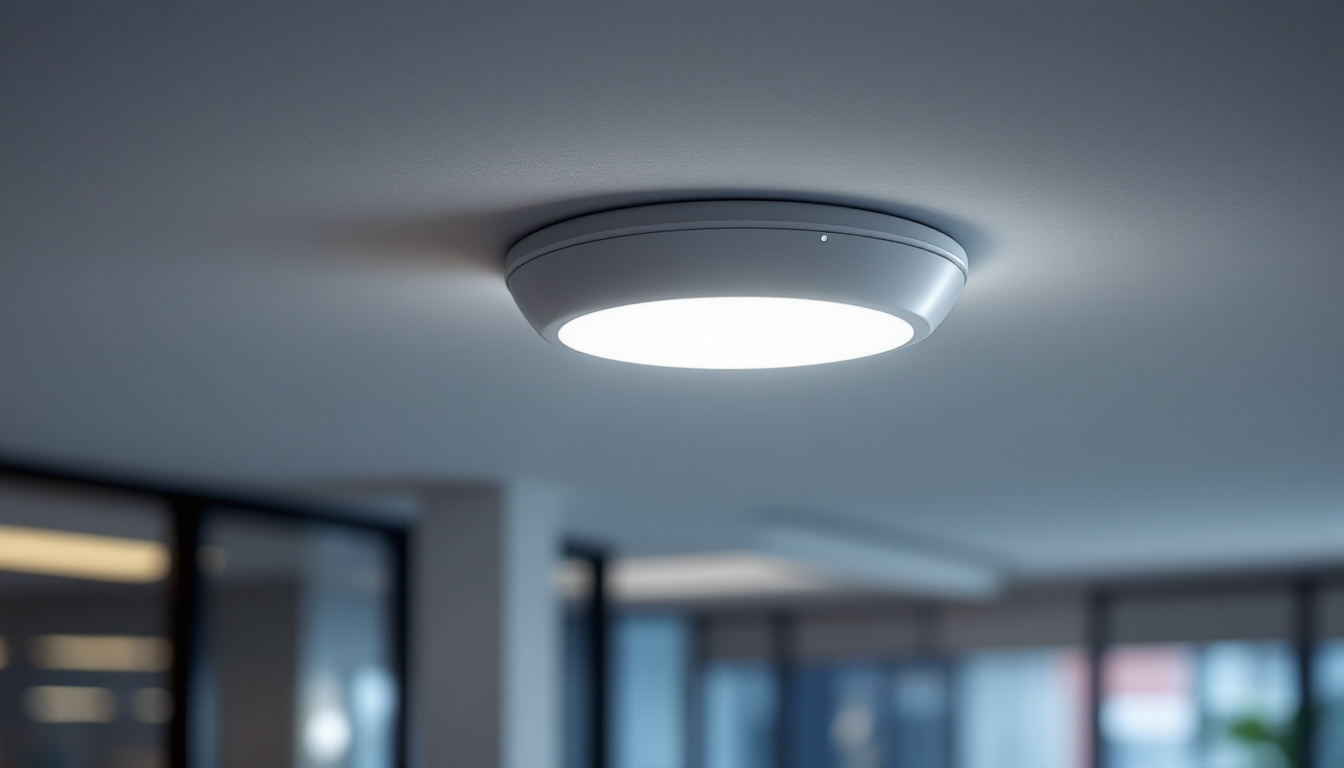
Discover how ceiling mount occupancy sensors are revolutionizing the lighting industry by enhancing energy efficiency, reducing costs, and improving user convenience.
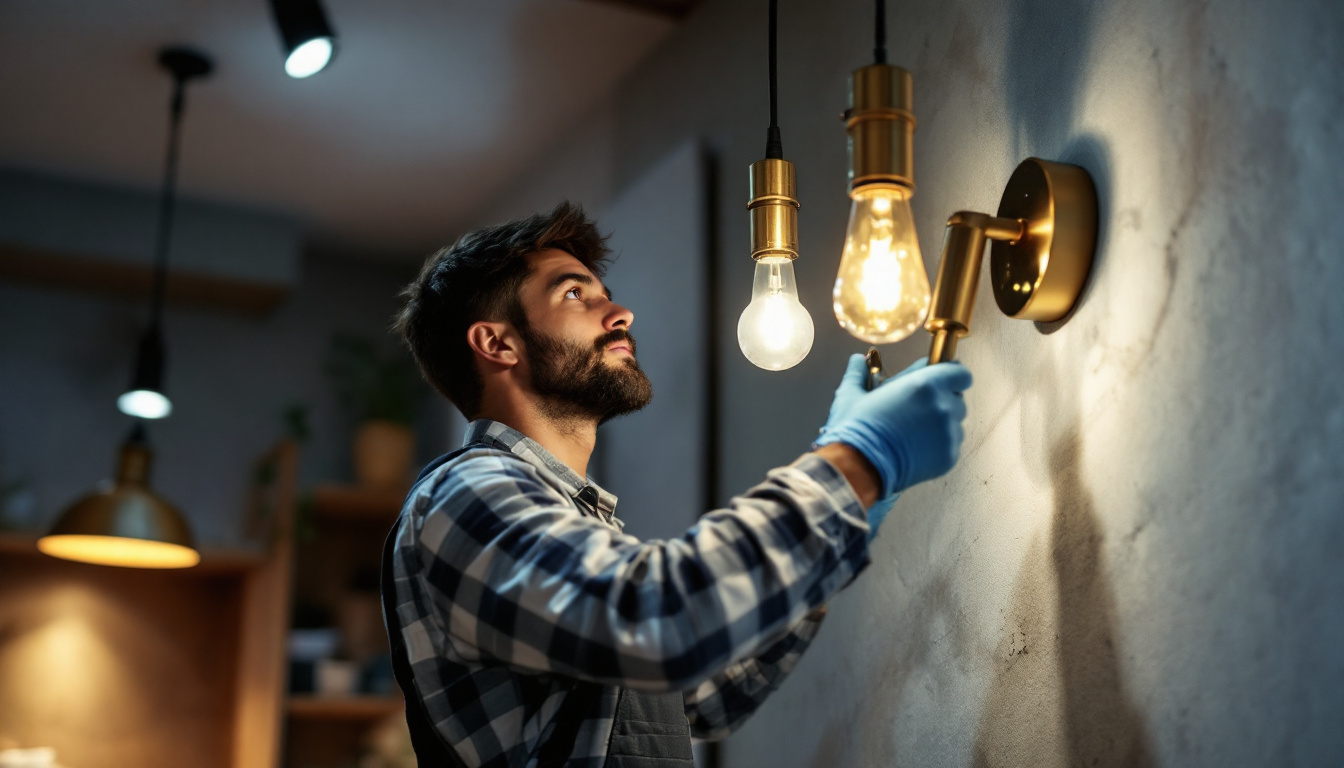
Discover how partnering with lighting contractors can illuminate new opportunities for your business.
Get notified when NEW deals are released.
Optimize your budget with wholesale discounts.
Only top-quality, specification-grade lighting products.
No additional costs at checkout - what you see is what you pay.
We understand the unique needs of contractors.